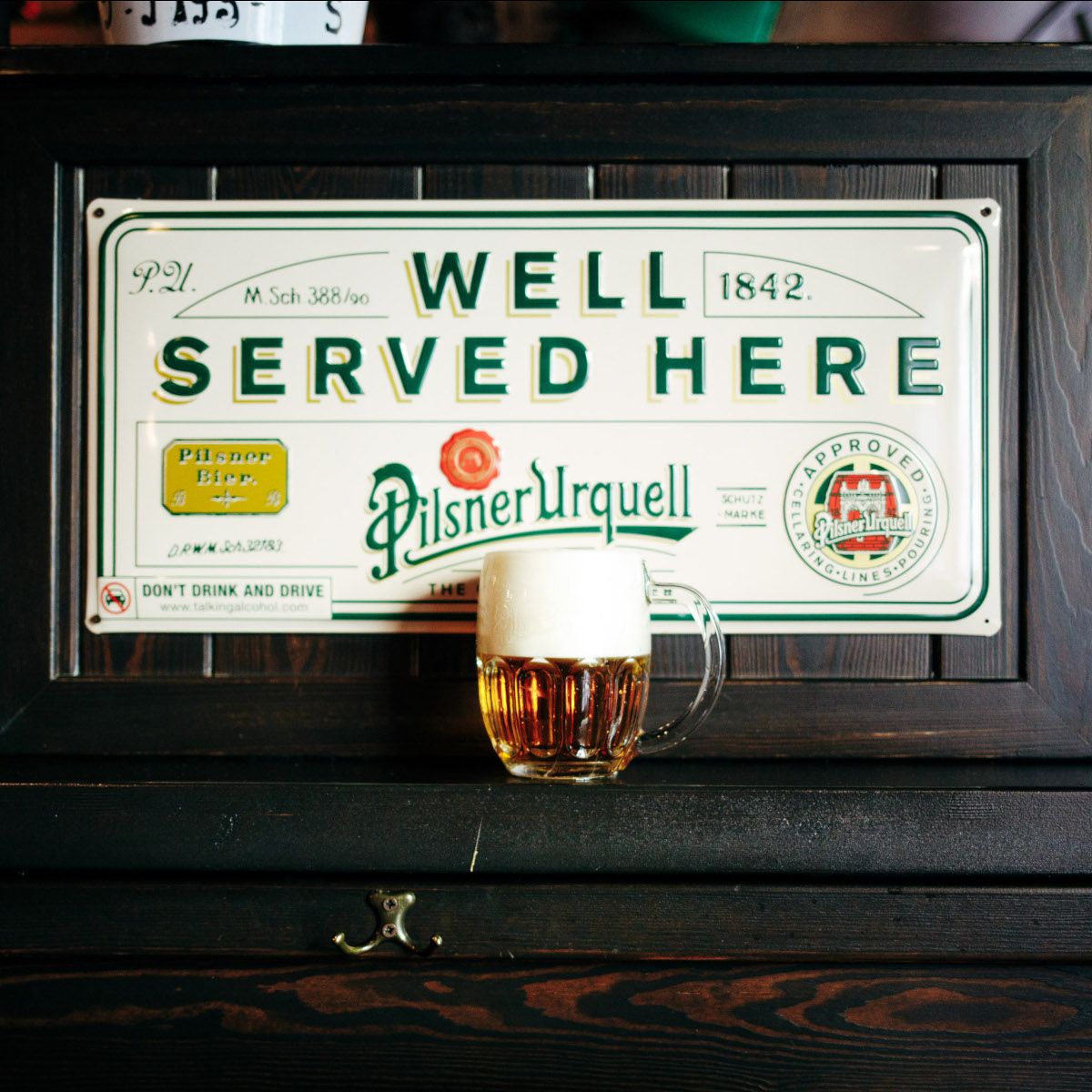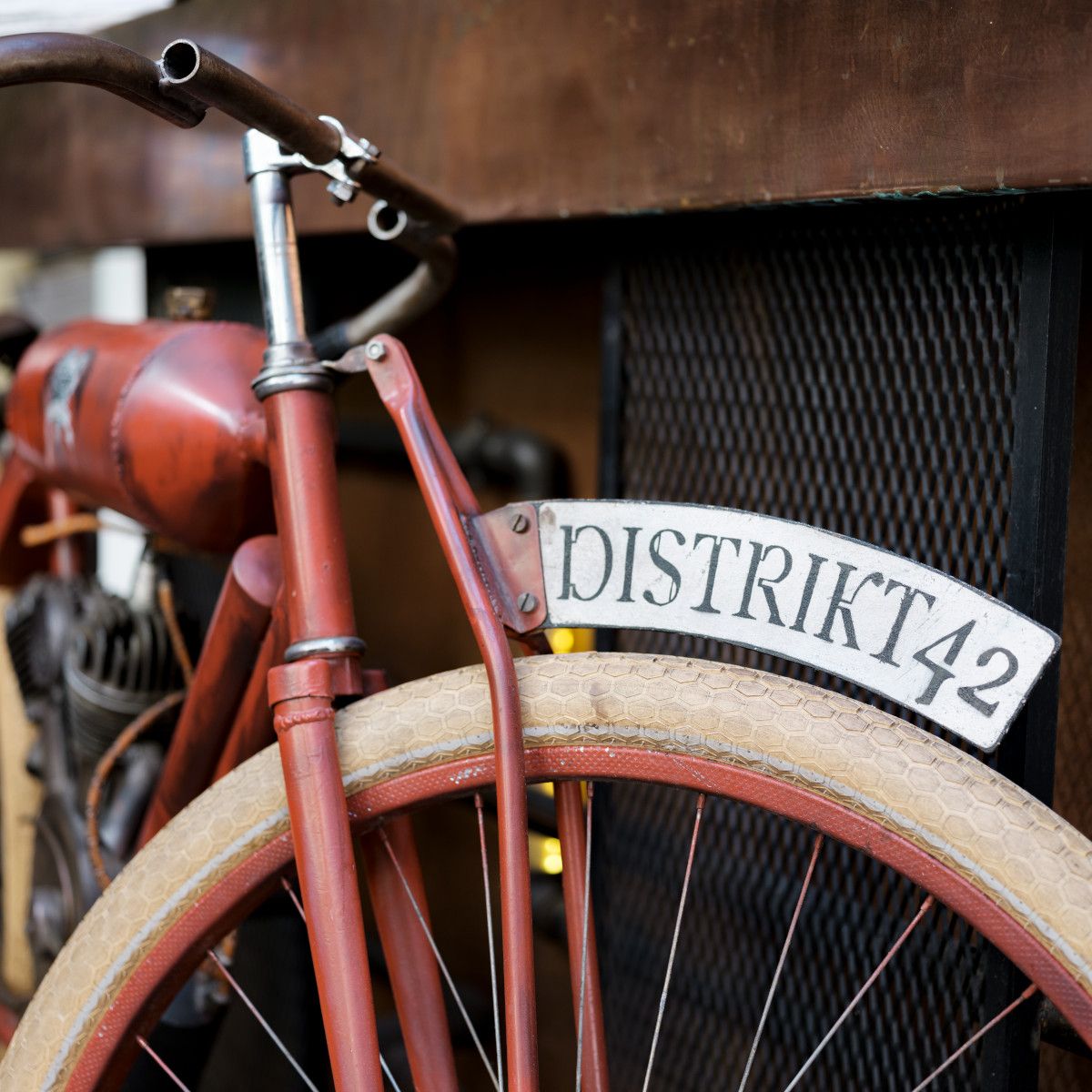
Is there anything better than sitting in a breezy beer garden, sipping on a crisp, cold golden lager? People have been doing it for a very long time.
The first beer gardens go all the way back to the late 16th century, after the Bavarian Duke Albrecht V issued a royal decree in 1553 that forced brewers to stop brewing during the warmest months of the year. Sounds cruel, but there was actually good reason for it.
For one thing, open flames at breweries had caused massive fires to break out across this part of Europe, especially during the dry summer months. Brewers had also recently discovered that fermenting at lower temperatures—the perfect conditions for lagers—produced a purer beer, so it made sense to stop brewing during spring and summer in the days before refrigeration.
Back then, beer was stored in ice-covered barrels in brewery cellars. Brewers planted shady trees on the ground above these storage chambers to keep temperatures in the cellars even cooler.
Noticing that people liked to congregate in these shady spots, brewers put down gravel, and added chairs and tables so they could sell beer directly to the public. The beer garden was born. They were popular immediately and have been ever since.
So, next time you’re enjoying a cold Pilsner Urquell in a great beer garden, lift a glass to Duke Albrecht V!


